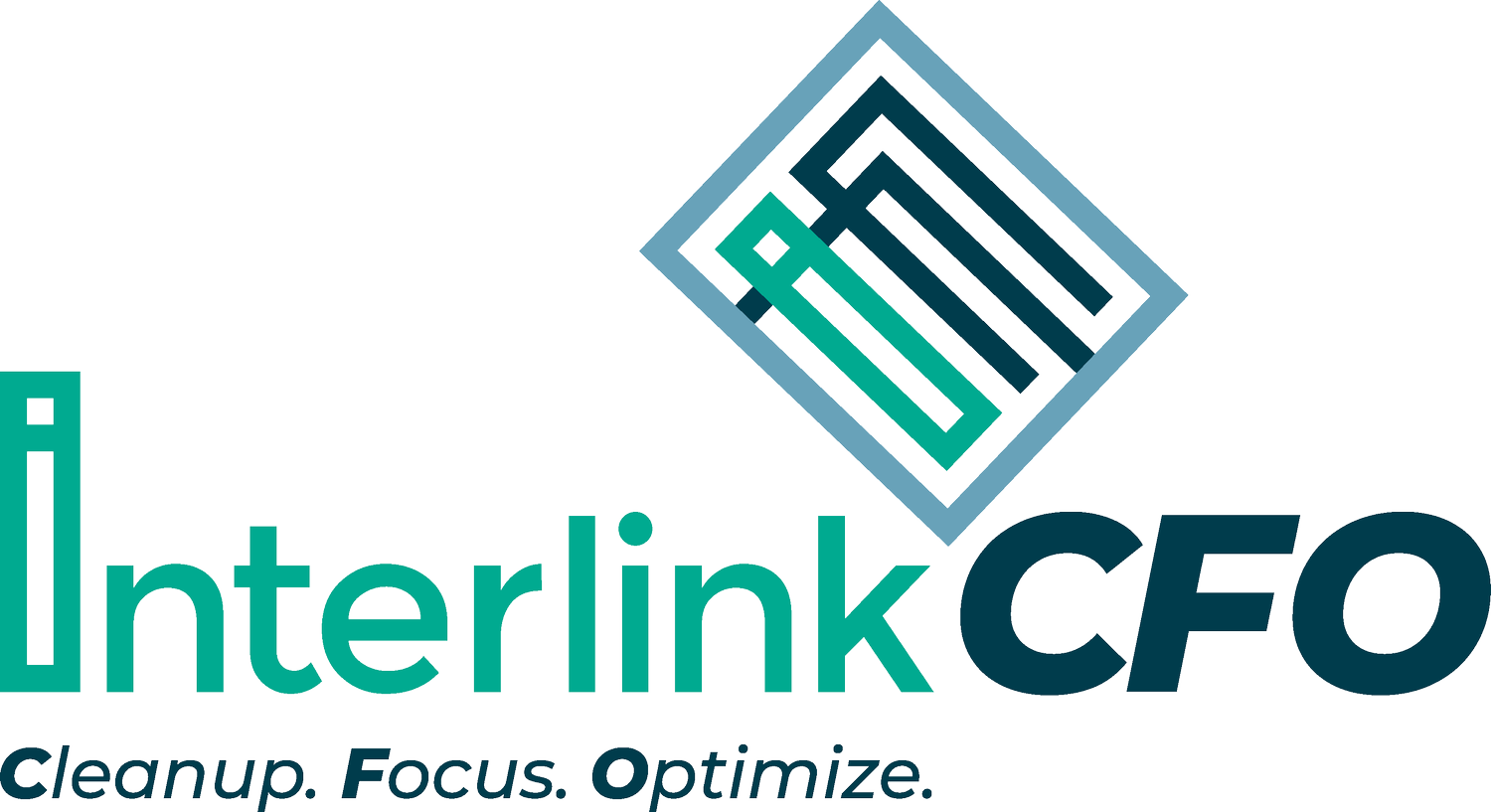Optimizing Retail Success: Key Strategies for Inventory Management and Cash Flow
In the competitive world of retail, effective management of inventory, cash flow, and human resources is crucial for success. With the right strategies, retail businesses can not only meet customer demands but also enhance profitability and sustainability.
Inventory Management
Effective inventory management is the backbone of any successful retail operation. It involves tracking stock levels, orders, sales, and deliveries to minimize costs while maximizing sales potential. Adopting just-in-time inventory techniques can help retailers avoid excess stock and reduce holding costs. Utilizing technology, such as inventory management software, provides real-time insights, allowing businesses to make informed decisions about restocking and optimizing their product mix.
Key Performance Indicators (KPIs)
Retailers should establish and regularly monitor KPIs that provide insights into operational efficiency and customer satisfaction. Important KPIs include sales per square foot, inventory turnover, and gross margin return on investment (GMROI). By analyzing these metrics, retailers can identify trends, improve performance, and make data-driven decisions that enhance their business strategy.
Contingency Planning & Risk Management
Having a solid contingency plan is vital for retail businesses, especially in today’s ever-changing market landscape. Retailers should prepare for potential disruptions—such as supply chain issues or economic downturns—by developing flexible strategies that can be adapted as needed. This might include diversifying suppliers, maintaining a cash reserve, or creating a robust crisis communication plan to keep employees and customers informed during unexpected events.
Pricing and Discounting Strategies
Pricing plays a crucial role in attracting customers and driving sales. Retailers must strike a balance between competitive pricing and profitability. Implementing strategic discounting can help move excess inventory while also enticing customers. Analyzing customer behavior and seasonal trends can inform pricing decisions, ensuring that promotions resonate with the target audience.
Cash Management
Effective cash management is essential for maintaining liquidity and operational stability. Retailers should closely monitor cash flow to ensure they have enough resources to meet daily expenses while also investing in growth opportunities. Regular cash flow forecasts can help identify potential shortfalls, allowing businesses to take proactive measures to address them.
Employee Headcounts
Finally, managing employee headcounts effectively can help optimize labor costs. Retailers should analyze sales patterns to determine peak times for staffing needs, ensuring that they have the right number of employees to provide excellent customer service without incurring unnecessary labor costs.
By focusing on these key areas, retail businesses can enhance their operational efficiency, improve customer satisfaction, and position themselves for long-term success in a competitive market.
